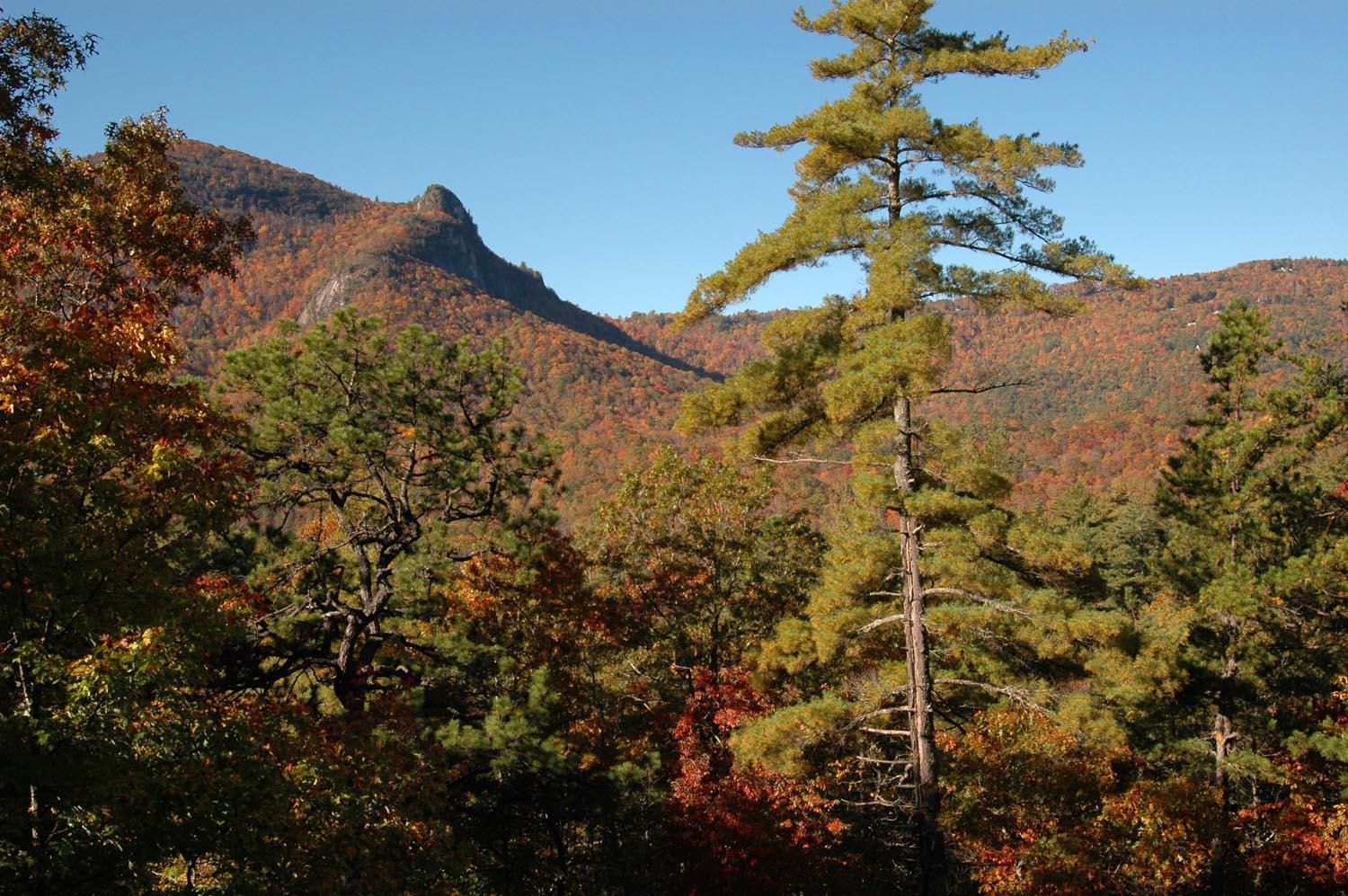Vacation home sales hit record highs
Diana Nellans
Affluent households have greatly benefited from strong growth in the stock market in recent years, and the steady rise in home prices has likely given them reassurance that real estate remains an attractive long-term investment. Furthermore, last year's impressive increase also reflects long-term growth in the numbers of baby boomers moving closer to retirement and buying second homes to convert into their primary home in a few years. Vacation buyers plan to use their property for vacations or as a family retreat while others plan to convert their vacation home into their primary residence in the future.



